Bag to the future – the season’s best backpacks
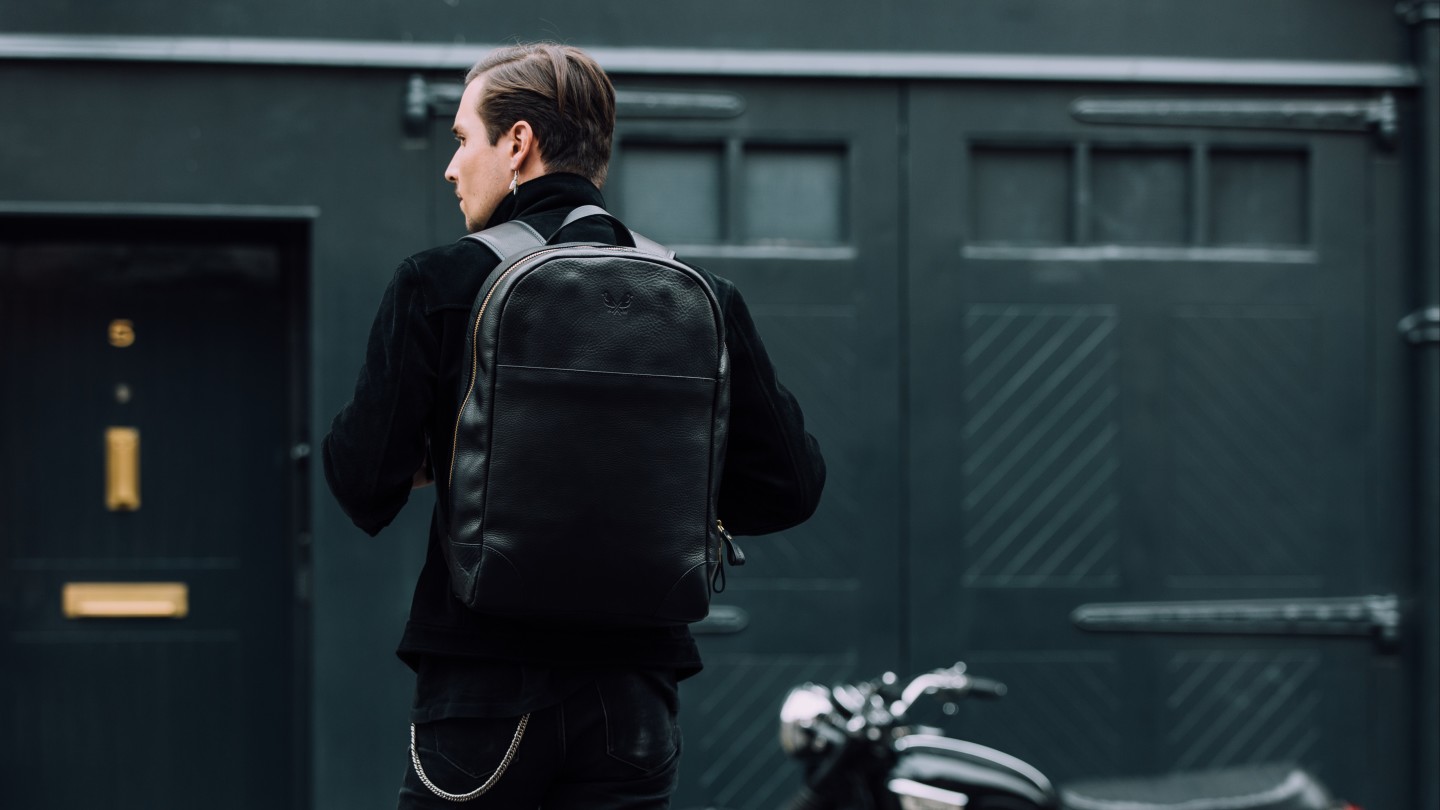
Simply sign up to the Style myFT Digest -- delivered directly to your inbox.
While the necessities of the travelling man have changed over time, the means of transporting them, it seems, has not. When a hiker came upon the ice-preserved remnants of a 5,000-year-old man in the Alps in the 1990s, the remains of his backpack lay alongside his tools and scraps of clothing and food. Constructed from wood and animal hide, the bag is one of the oldest examples of the design. The backpack is still the most practical vessel for transportation, distributing weight evenly while leaving the hands free. Whether to tote essentials on a weekend walk or leisurely bike ride, or a laptop into the office, the leather backpack is the carry-all we need.
London-based Studio Nicholson has just launched pared-back leather bags, including a single-strap backpack in soft black and white leather. Founder and creative director Nick Wakeman says the backpack’s continued relevance is due to our increasing desire for utilitarian design.
“Backpacks continue to be a wardrobe staple due to their invaluable practicality,” agrees Mr Porter buying manager Daniel Todd. He cites everyday black leather and canvas styles from Gucci, Saint Laurent, Tom Ford, Bottega Veneta and Filson among the most popular choices, attributing their popularity to the “staycation” trend, which has resulted in “true luggage not being top of mind”.
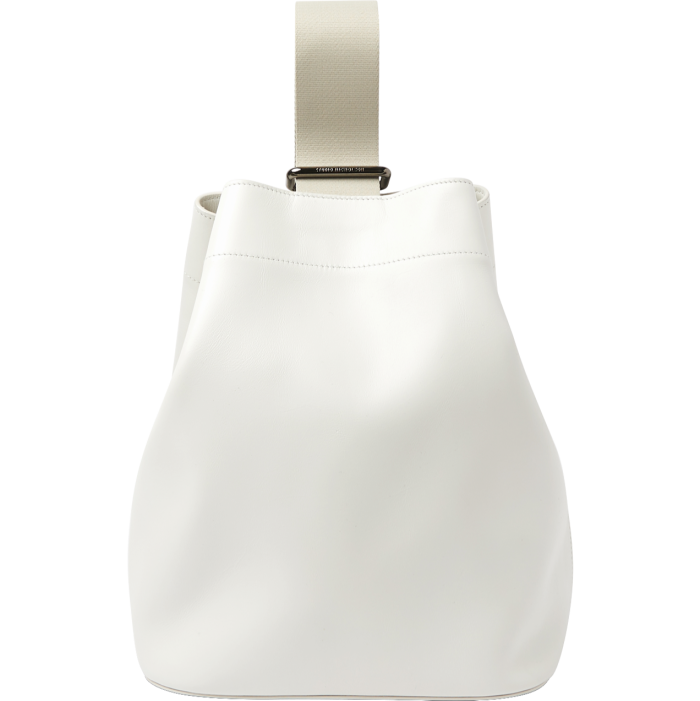
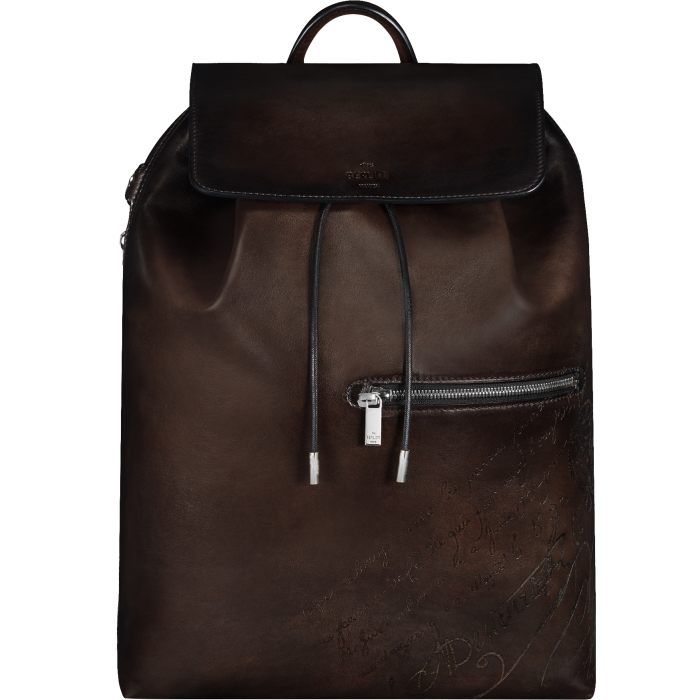
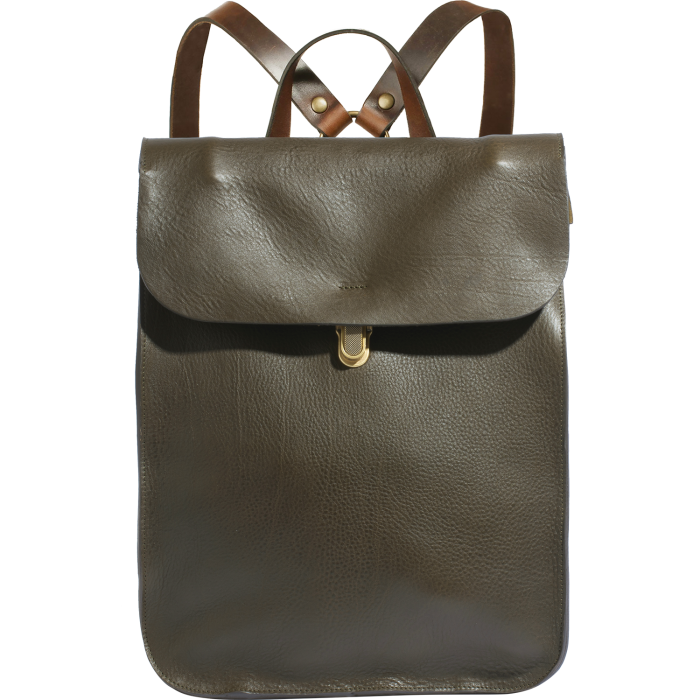
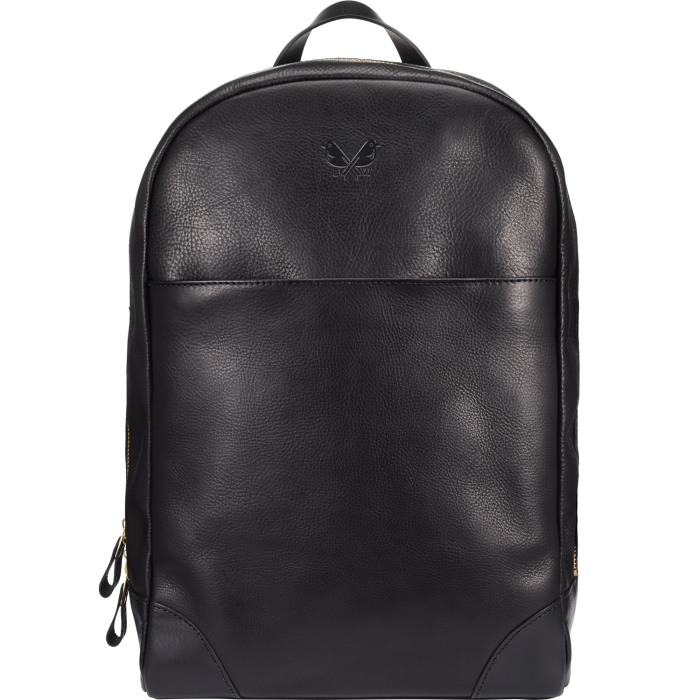
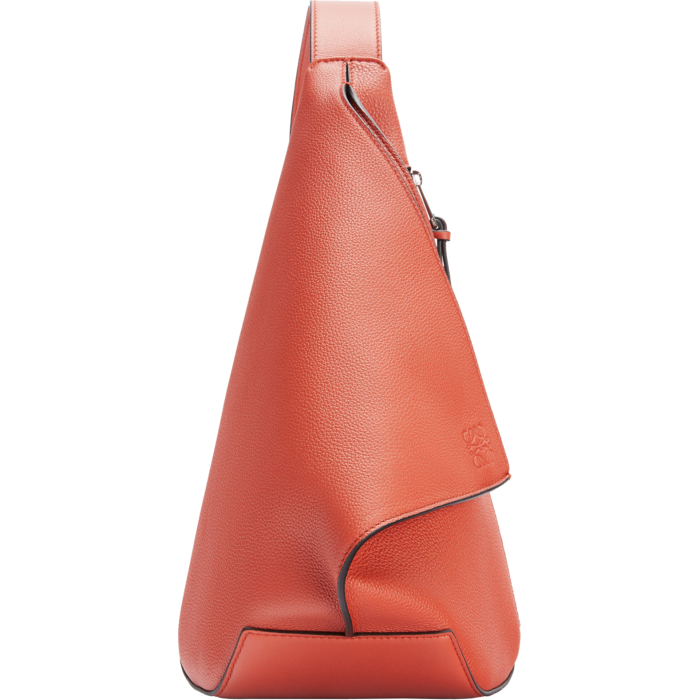
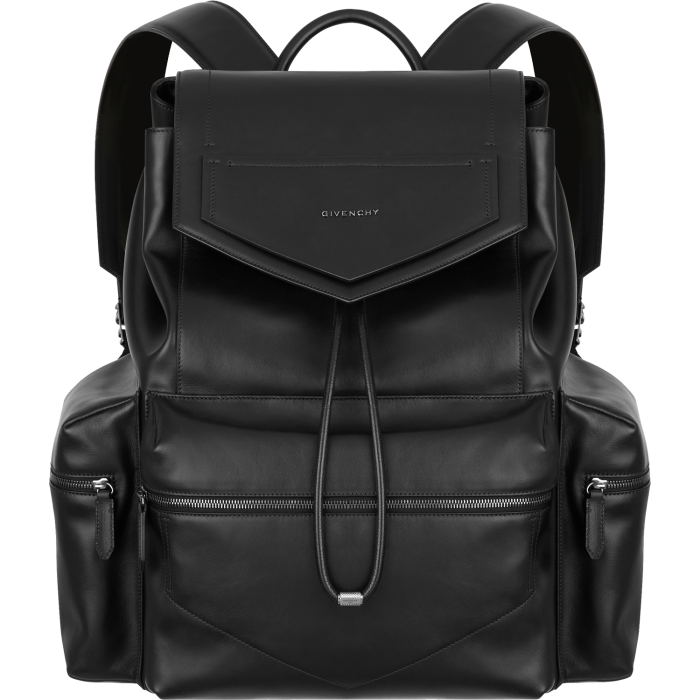
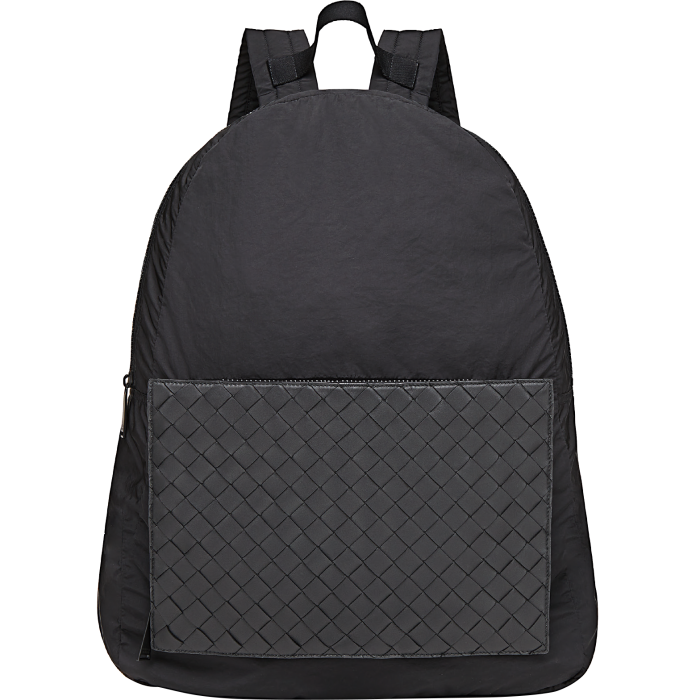
Comments